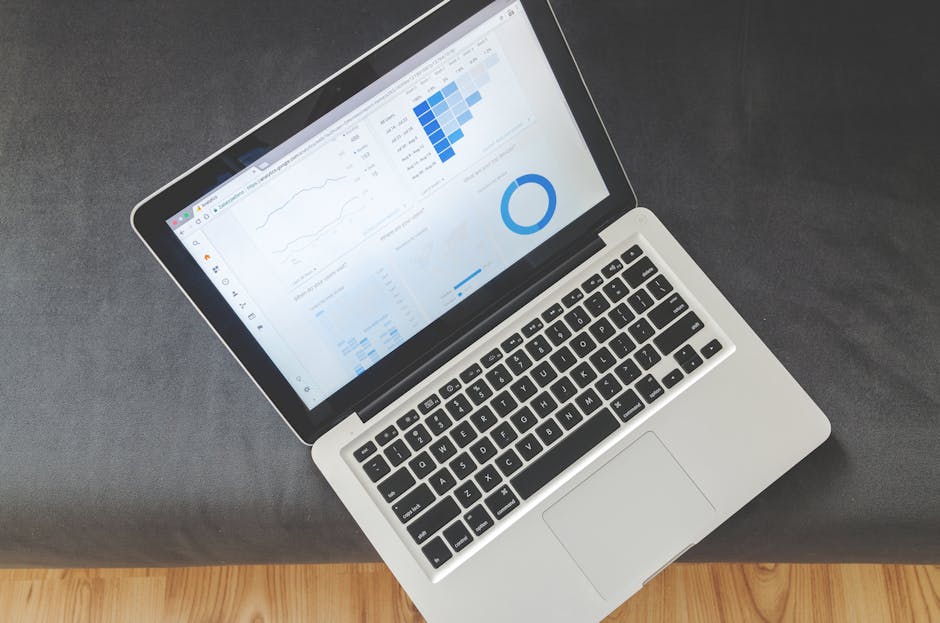Understanding Economic Risk Factors Definition and Importance
Understanding Economic Risk Factors Definition and Importance
Blog Article

Understanding the landscape of economic risk factors is essential for businesses and investors alike. In an unpredictable economic environment, being able to identify, assess, and mitigate these risks can lead to more informed decision-making and better outcomes. This article delves into the definition and importance of economic risk factors, explores the various types that can affect economic stability, and provides practical strategies for assessing and managing these risks.
Understanding Economic Risk Factors: Definition and Importance
Economic risk factors refer to the various elements that can influence the performance and stability of an economy, business, or investment. These factors can stem from changes in the macroeconomic environment, such as fluctuations in interest rates, inflation, or shifts in consumer behavior. Understanding these risks is crucial as they can impact financial returns, operational sustainability, and overall economic health.
Recognizing economic risk factors allows stakeholders to develop strategies that mitigate potential negative impacts. By being proactive, businesses and investors can navigate uncertainties more effectively and position themselves for long-term success.
Types of Economic Risk Factors: Market, Credit, and Operational Risks
Economic risk factors can be categorized into several types, with market risk, credit risk, and operational risk being among the most significant.
Market Risk
Market risk refers to the potential for losses due to fluctuations in market conditions, such as changes in stock prices, commodity prices, or foreign exchange rates. For instance, a sudden economic downturn may lead to a decline in stock prices, affecting investors' portfolios and companies’ market valuations. Businesses that rely heavily on exports may also face challenges when exchange rates fluctuate, impacting profitability.
Credit Risk
Credit risk arises when a borrower is unable to repay a loan or meet contractual obligations. This can have a ripple effect throughout the economy, as lenders may tighten their credit standards, making it more difficult for businesses to secure financing. For example, during periods of economic uncertainty, lenders may perceive higher risks associated with lending to certain sectors, which could limit growth opportunities for those businesses.
Operational Risk
Operational risk encompasses potential losses resulting from inadequate or failed internal processes, systems, or external events. This could include anything from supply chain disruptions to cybersecurity breaches. For instance, a manufacturing company may face operational risks if there is a sudden increase in raw material costs or if a key supplier experiences financial difficulties. These challenges can lead to increased expenses and reduced profitability.
Assessing Economic Risk: Tools and Strategies for Businesses and Investors
Given the various economic risk factors that businesses and investors must navigate, it is essential to employ effective tools and strategies for assessment and management. Here are some approaches to consider:
Risk Assessment Frameworks
Implementing a structured risk assessment framework can help organizations identify and evaluate economic risks. This may involve analyzing historical data, conducting scenario analysis, and stress testing financial models to predict potential outcomes under different conditions.
Diversification
Diversification is an effective strategy to mitigate economic risk. By spreading investments across different asset classes, geographic regions, and sectors, businesses and investors can reduce their exposure to specific market fluctuations. For instance, a well-diversified investment portfolio can help cushion against losses in one area by leveraging gains in another.
Monitoring Economic Indicators
Keeping a close watch on key economic indicators, such as GDP growth rates, unemployment rates, and inflation trends, can provide valuable insights into potential economic risks. This information can guide decision-making and help organizations adapt their strategies in response to changing conditions.
In conclusion, understanding economic risk factors is vital for effective decision-making in any economic landscape. By identifying the types of risks, such as market, credit, and operational risks, and employing strategies like risk assessment frameworks and diversification, businesses and investors can better navigate uncertainties and foster long-term success. For more detailed insights into managing economic risk factors, visit Credence Data.
Report this page